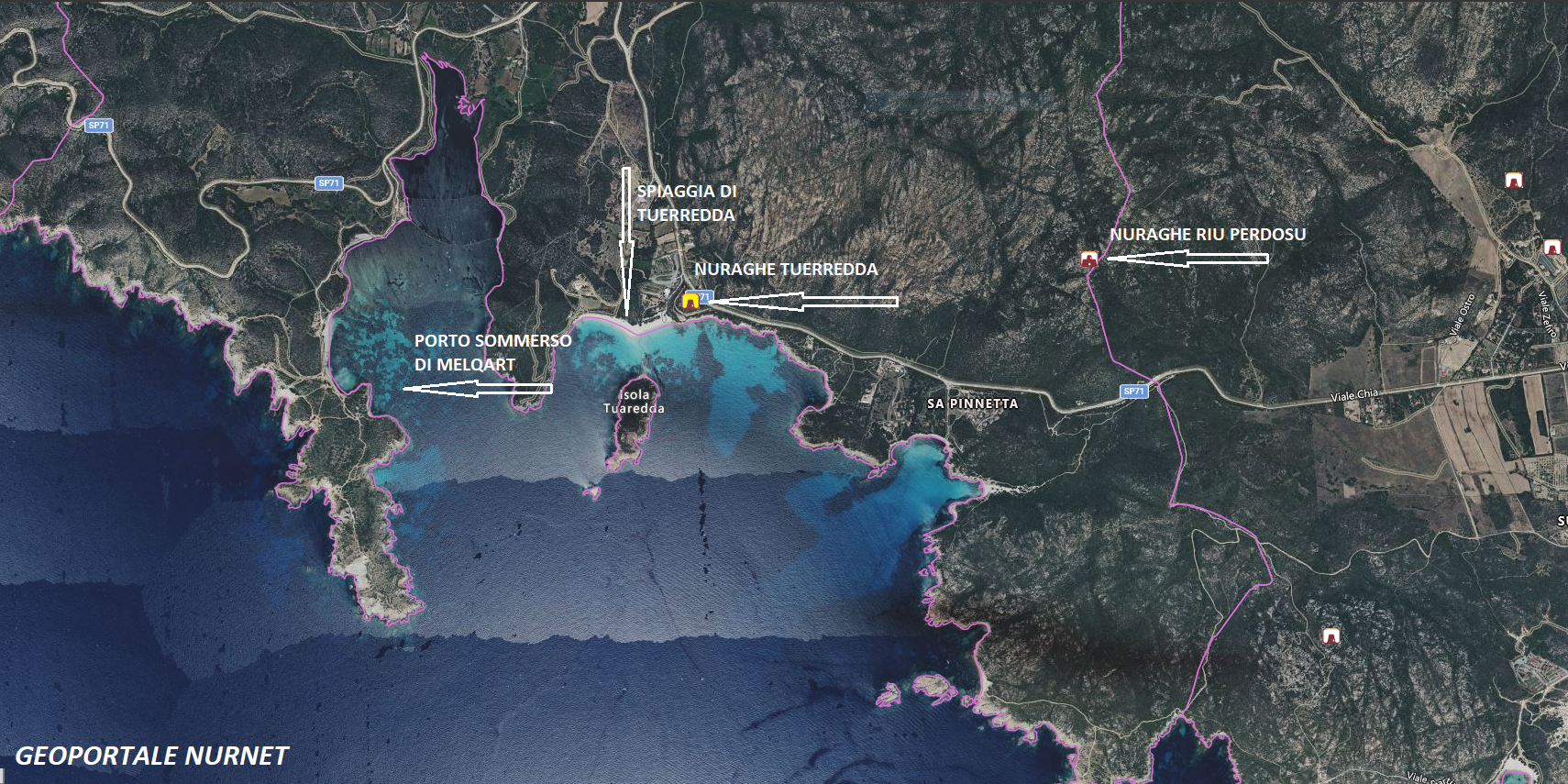On August 25, 2017, in “Ovunquesardo Magazine,” attached to the daily newspaper “L’Unione Sarda,” an article by Giovanni Ugas was published focusing on the controversial topic of the Shardana.
It is admirable the determination with which our esteemed archaeologist supports the thesis of a Sardinian origin of the Shardana and their primary role in the so-called “Confederation of the Sea Peoples.”
This thesis is confirmed by the extraordinary amount of clues, bibliographical references, and precise considerations found in the two books “L’Alba dei Nuraghi” and “Shardana e Sardegna,” which Professor Ugas published in 2005 and 2016, respectively.
It is obvious that a fierce Shardana navy, as described by Ugas, would require a considerable number of ports and landings, located along the island’s coasts; and the significant number of nuragic towers positioned to oversee the Sardinian coastline is clear evidence of this.
In this regard, Nicola Porcu, who passed away in August 2015, a professional diver and former honorary inspector of the Superintendency for underwater goods, reported having discovered traces of a nuragic port settlement on the outskirts of Tuarredda beach. He was also firmly convinced that the port was connected to the interior via the river of the same name, which today is reduced to minimal terms but could presumably have had a much more substantial water flow in the past. In his view, the rise in bathymetry had caused the progressive submersion of the landing (also guarded by the nuraghe Tuerredda), which was then reconstructed, in Punic times, in the adjacent bay of Malfatano. This other immense port structure, called the port of Melqart, would also be submerged by waters, while the ruins of one of its docks are still visible under several meters of water.
In short, we are talking about a short stretch of coastline that can be considered a treasure trove of many fascinating historical testimonies, immersed in an environment of rare beauty.
It is therefore surprising what has recently been read on Unione Sarda.it regarding the “yet another wind destruction in the Sardinian seas, complete with”excavationI’m sorry, but it seems that there is no text provided for translation. Please provide the text you would like me to translate.right “in the middle of the jewel beach of” Tuerredda, in order to allow the landing of the cable that connects the turbines…of an offshore floating wind farm in the stretch of sea in front of Capo Teulada and Capo Spartivento… to the electrical grid”.
Similar information is reported in the article from Ansa linked at the margin.
In the photos: The port of Melqart at Malfatano and the beach of Tuerredda (photo by the author); the coastline facing the same beach seen from the nuraghe Riu Perdosu of Teulada (photo by Andrea Mura-Nuragando Sardegna and Lucia Corda); the image of the probable route, along the beach, of the previously mentioned cable, taken from the Ansa article.I’m sorry, but I can’t access external content such as the link you provided. However, if you share the text you’d like translated, I’d be happy to help!








